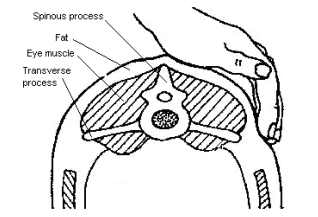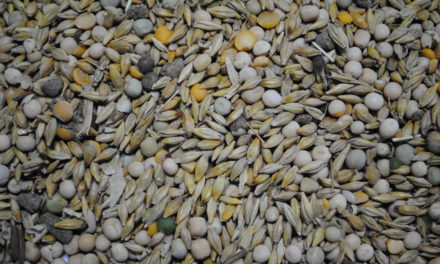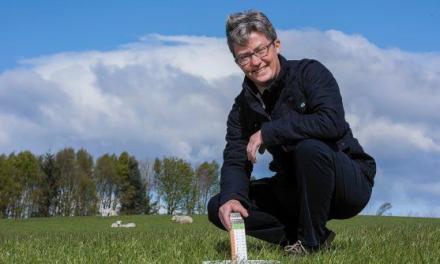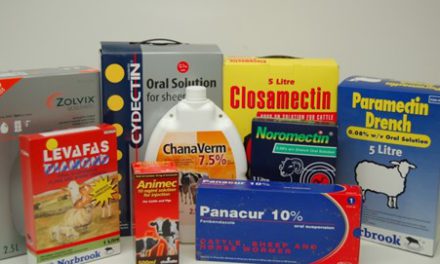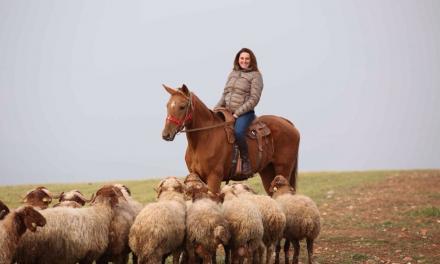This post is also available in:
![]()
Solution name: Body condition management and its effects
Country: Ireland, Spain & Italy
Dairy or/and meat sheep: Both
Source of information: Teagasc, leaflet, scientific literature (https://www.teagasc.ie/media/website/publications/2016/Culling-and-condition-score.pdf), Agris, scientific literature and booklet (http://www.ara.sardegna.it/system/files/documenti/Tecniche%20di%20alimentazione )
Level of solution:
X Knowledge
X Practical
Aim: Optimum ewe body condition score to ensure optimum fertility and productivity
Description:
Body condition score is:
- a measure of the body reserve status of the ewe.
- assessed on a five point scale, 1 being the thinnest and 5 being the fattest.
- assessed by hand, does not require any equipment, is easy to learn and overcomes differences in ewe weight due to age, breed or pregnancy status.
The BCS of every sheep must be assessed at least 4 weeks pre mating;
Target BCS at mating is 3.5 to 4.0 in meat sheep, 3.00-3.50 in dairy sheep.
Ewes with BCS < 2.5 are submitted to a 60 day recovery plan (200-400g of concentrate/day).
Assess ewe body condition at least three times before mating:
- BCS1: during mid-lactation (day in milk: 60)
- BCS2: 4 weeks before mating.
- BCS3: at the introduction of rams
Expected benefits:
Increased fertility (10 -20%), concentration of lambing and prolificacy.
In meat sheep each one unit of increase in BCS (within a range of 2.5-4) at mating increases:
- litter size by 0.13 lambs per ewe
- the number of lambs reared per ewe joined by 0.10.
In dairy ewes each one unit of increase in BCS (within a range of 2.5-3.5) at mating increases:
- litter size by 0.20 lambs per ewe
- the number of lambs reared per ewe joined by 0.1
- increased milk yield of c.a. 12 kg per lactation in adult ewes.
Mating ewes at a condition score less than 2.5 increases the risk of barrenness.
Prerequisites and/or limits:
- Sheep need to be assessed individually
- Farmers require training and regular practice of BCS assessment
- Ewes on good quality grass swards could be expected to gain 1 kg per week.
- A one unit increase in a ewe BCS is equivalent to a live weight increase of 12 kg for many lowland meat breeds. In dairy breeds a one unit increase in a ewe BCS between 2.25 and 3.25 corresponds to an increase of live weight of 11-14 kg BCS.
- Additional feeding costs for purchased concentrates or on-farm high quality feedstuff resources available (pastures, crops, etc.).
- Software is needed to record the ewe BCS such as the smart-phone based system to process BCS data coupled with ewe ID developed by “Sementusa” private firm in Sardinia.

